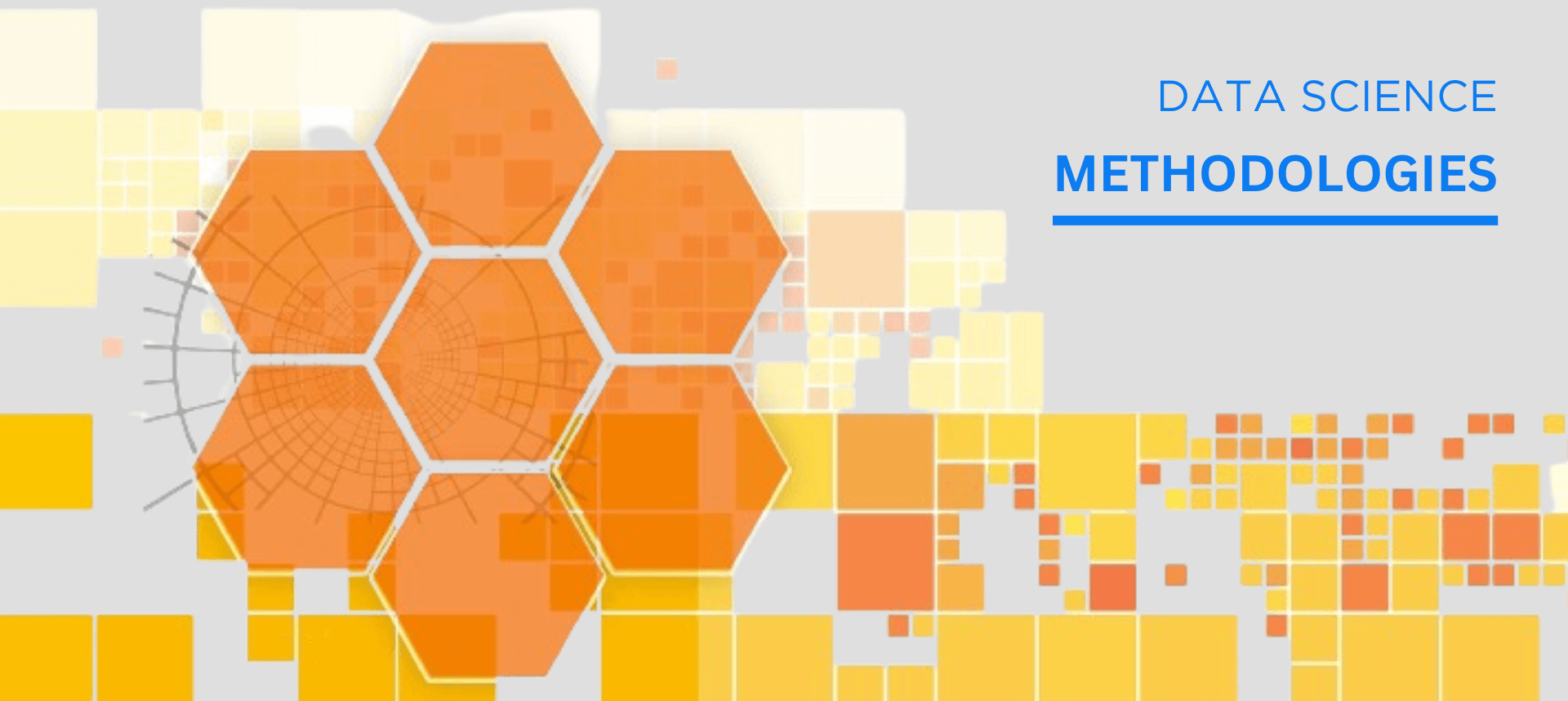- Introduction
- Understanding HTML5: The Web’s Game Development Powerhouse
- Unity Unveiled: Exploring the Unity Game Development Ecosystem
- Game Development Flexibility: HTML5’s Versatility on Display
- Unity’s Magic Touch: Creating Immersive Games Across Devices
- Comparing Development Environments: HTML5 vs Unity
- Performance Showdown: HTML5 vs Unity in Game Execution
- Graphics and Animation: HTML5 Canvas vs Unity’s Visual Excellence
- Learning Curves and Accessibility: HTML5’s Simplicity vs Unity’s Learning Curve
- Multiplayer and Networking: HTML5’s Web Advantage vs Unity’s Seamless Connectivity
- Monetization Strategies: HTML5 vs Unity – Making Games Profitable
- Community and Support: HTML5’s Open Web vs Unity’s Thriving Community
- Factors to Consider: Making the Decision Between HTML5 and Unity
- Conclusion
Introduction
Embarking on the journey of game development sparks a crucial decision: HTML5 vs Unity – a choice that determines the foundation of your gaming venture. As the digital landscape evolves, developers grapple with selecting the ultimate platform that aligns with their vision, resources, and goals. In this exploration, we navigate the intricate terrain of game development, dissecting the merits and nuances of HTML5 vs Unity. HTML5, with its stronghold in web technologies, promises versatility and accessibility, while Unity, a powerhouse in the gaming industry, offers a comprehensive ecosystem for immersive, cross-platform experiences. This comparison extends beyond a mere technological face-off; it’s a pivotal choice that impacts your game’s performance, graphics, and overall success. Join us as we unravel the intricacies, providing insights and considerations to guide you in the pivotal decision of HTML5 vs Unity – shaping the destiny of your gaming odyssey.
Understanding HTML5: The Web’s Game Development Powerhouse
HTML5 emerges as a dynamic force in web-based game development, offering a versatile toolkit for creating interactive experiences. Leveraging HTML, CSS, and JavaScript, HTML5 provides a canvas for game developers to craft visually engaging and responsive games directly within the browser. With features like the HTML5 canvas element, multimedia support, and robust animation capabilities, developers find in HTML5 a platform that not only simplifies game creation but also facilitates seamless deployment across diverse web environments. The web’s game development powerhouse, HTML5 empowers developers to bring gaming experiences to a broader audience through the accessibility and ubiquity of web browsers.
Unity Unveiled: Exploring the Unity Game Development Ecosystem
Diving into Unity unveils a comprehensive game development ecosystem, renowned for its prowess in crafting immersive experiences. Unity’s strength lies in its feature-rich environment, providing developers with a unified platform for building games across multiple platforms. From streamlined 2D games to breathtaking 3D experiences, Unity offers a powerful integrated development environment (IDE), an extensive asset store, and seamless cross-platform deployment. Unity stands as a beacon for developers seeking a versatile and efficient solution, empowering them to create visually stunning games with ease and flexibility, and extending the reach of their creations across a myriad of devices.
Game Development Flexibility: HTML5’s Versatility on Display
HTML5 showcases unparalleled flexibility in game development, proving to be a dynamic and accessible canvas for developers. Its versatility allows the creation of games that transcend traditional boundaries, adapting seamlessly to various platforms and devices. With features like the HTML5 canvas element, developers can craft visually rich 2D games, leveraging the power of CSS and JavaScript. HTML5’s innate compatibility with web browsers ensures widespread accessibility, making it an ideal choice for projects of different scales. As the backbone of interactive web-based gaming, HTML5 provides developers with the freedom to bring their creative visions to life with ease and adaptability.
Unity’s Magic Touch: Creating Immersive Games Across Devices
Unity, with its enchanting touch, stands as a game development wizard, weaving immersive experiences seamlessly across devices. Leveraging Unity’s prowess, developers can conjure enchanting 3D worlds and captivating 2D environments that transcend platforms. Unity’s magic lies in its ability to facilitate cross-platform deployment, ensuring games resonate on everything from desktops to mobile devices. The wizardry extends to virtual and augmented reality realms, opening doors to a realm of limitless possibilities. Unity’s touch transforms game development into an enchanting journey, where developers harness its power to craft experiences that captivate and transport players across the vast landscape of digital realms.
Comparing Development Environments: HTML5 vs Unity
The choice between HTML5 and Unity extends beyond programming languages; it delves into the development environments that shape the creation process. HTML5, known for its simplicity, embraces a web-centric approach. Developers work within familiar browsers, employing a combination of HTML, CSS, and JavaScript. This simplicity offers accessibility but may limit advanced functionalities.
On the other side of the spectrum stands Unity, boasting an integrated development environment (IDE) designed explicitly for game creation. Unity’s IDE streamlines workflows, offering tools for 2D and 3D design, animation, and a robust physics engine. Unity’s ecosystem extends with a vibrant asset store, providing pre-built elements to expedite development.
HTML5’s strength lies in its open accessibility, making it an ideal choice for web-based games. Unity, a powerhouse in the gaming industry, is renowned for its feature-rich environment that caters to intricate game designs.
In essence, the choice depends on the project’s scale and complexity. HTML5 caters to simplicity and accessibility, ideal for smaller projects and web-based games. Unity, with its comprehensive IDE, thrives in more intricate developments, providing a refined environment for building visually striking and complex games across various platforms. Developers must weigh the trade-offs, balancing the simplicity of HTML5 against the robust features and tools Unity brings to the game development table.
Performance Showdown: HTML5 vs Unity in Game Execution
Evaluating the performance of HTML5 and Unity in game execution illuminates distinct approaches. HTML5, as a web-based technology, excels in accessibility but faces challenges in executing resource-intensive games. It relies on web browsers, introducing potential bottlenecks, particularly for complex 3D games.
Unity, in contrast, stands as a performance juggernaut. Optimized for seamless execution, Unity utilizes native code and rendering engines, offering unparalleled efficiency in handling intricate graphics, physics, and immersive experiences. Its ability to compile to native code ensures consistent, high-performance gameplay across platforms.
This comparison underscores that while HTML5 prioritizes accessibility and versatility, Unity emerges as the powerhouse for ambitious projects demanding advanced graphics and flawless execution. Developers must carefully consider their project’s complexity and performance requirements, selecting the platform that aligns with their vision for a responsive and visually stunning gaming experience.
Graphics and Animation: HTML5 Canvas vs Unity’s Visual Excellence
Delving into the realm of graphics and animation, the comparison between HTML5 and Unity unveils a nuanced dichotomy. HTML5, utilizing its canvas element, provides a versatile platform for crafting 2D graphics and animations. While suitable for simpler designs, it may face limitations in handling complex 3D visuals.
Unity, on the other hand, stands as a visual virtuoso. Renowned for its prowess in both 2D and 3D graphics, Unity’s visual excellence is evident in its sophisticated rendering capabilities and advanced animation tools. Unity empowers developers to create visually stunning and immersive environments, setting a benchmark for the gaming industry.
The choice between HTML5 and Unity in this aspect hinges on the project’s visual demands. HTML5 offers simplicity and accessibility for basic graphics, while Unity’s visual excellence caters to projects aspiring to achieve a level of sophistication and visual appeal that defines modern gaming experiences.
Learning Curves and Accessibility: HTML5’s Simplicity vs Unity’s Learning Curve
Navigating the learning curves of HTML5 and Unity unveils a fundamental trade-off between simplicity and feature-rich complexity. HTML5, renowned for its simplicity, embraces a familiar web-centric approach with HTML, CSS, and JavaScript. This accessibility caters to beginners, providing a straightforward entry point into game development, particularly for smaller projects.
Unity, while a powerhouse in the gaming industry, introduces a steeper learning curve due to its extensive feature set and specialized integrated development environment (IDE). However, this complexity brings a wealth of tools for 2D and 3D design, animation, and physics, offering developers unparalleled capabilities for ambitious projects.
The choice between HTML5 and Unity in this realm hinges on the developer’s experience and project scale. HTML5’s simplicity accommodates beginners and smaller ventures, while Unity’s learning curve rewards developers with a sophisticated environment, ideal for those aiming to create intricate and visually compelling games.
Multiplayer and Networking: HTML5’s Web Advantage vs Unity’s Seamless Connectivity
In the realm of multiplayer and networking, HTML5 and Unity bring distinctive advantages to the table. HTML5 leverages its web-centric nature to offer accessible and straightforward solutions for web-based multiplayer games. With WebSocket support and APIs, HTML5 facilitates real-time communication, enabling developers to craft engaging multiplayer experiences directly within web browsers.
Unity, however, stands out with its seamless connectivity and robust networking capabilities. Unity’s built-in high-level networking features simplify the development of multiplayer games, supporting both authoritative server and peer-to-peer models. Unity’s Networking system ensures smooth synchronization of game states across devices, providing a foundation for complex and scalable multiplayer experiences.
The choice between HTML5 and Unity in this context depends on the project’s scope and requirements. HTML5 excels for web-based multiplayer simplicity, while Unity’s networking prowess caters to those seeking a comprehensive solution for seamless and engaging multiplayer games across various platforms.
Monetization Strategies: HTML5 vs Unity – Making Games Profitable
The pursuit of profitability in game development prompts a careful examination of monetization strategies, and HTML5 and Unity present contrasting avenues. HTML5, with its web-centric accessibility, offers a range of monetization options suited for web-based games. These include advertisements, in-app purchases, and subscriptions, tapping into the vast reach of web browsers.
In contrast, Unity stands as a versatile monetization platform, providing developers with tools for diverse revenue streams. Unity’s Asset Store, ad integrations, and in-app purchase capabilities offer a comprehensive suite of options for game developers to maximize profitability. Unity’s extensive ecosystem and cross-platform deployment further contribute to creating a lucrative environment for game developers aiming to generate revenue across various channels.
The choice between HTML5 and Unity in this domain hinges on the targeted platforms and the desired monetization model. HTML5’s accessibility makes it suitable for web-based strategies, while Unity’s comprehensive toolkit provides a robust foundation for developers seeking versatile monetization avenues.
Community and Support: HTML5’s Open Web vs Unity’s Thriving Community
In the realm of community and support, HTML5 embraces the openness of the web, fostering a diverse and decentralized community. Developers engaging with HTML5 benefit from a wealth of online resources, forums, and documentation contributed by the global web development community. This open web ethos encourages collaboration and knowledge-sharing across various platforms.
Unity, on the other hand, boasts a centralized and thriving community within its ecosystem. Developers navigating the complexities of Unity game development can tap into a dedicated community forum, extensive documentation, and a wealth of tutorials. Unity’s centralized support structure facilitates focused assistance, making it an invaluable resource for those navigating the intricacies of Unity’s feature-rich environment.
The choice between HTML5 and Unity in this context depends on the developer’s preference for an open, decentralized community (HTML5) or a centralized, specialized community (Unity) for support and collaborative knowledge-sharing.
Factors to Consider: Making the Decision Between HTML5 and Unity
Choosing between HTML5 and Unity for game development demands a meticulous consideration of several factors. Firstly, project scale and complexity play a pivotal role; HTML5, with its simplicity, suits smaller projects, while Unity excels in intricate and visually sophisticated endeavors. Assessing the target platforms is essential; HTML5 is ideal for web-based games, whereas Unity offers a cross-platform environment.
Learning curves must be weighed, with HTML5 catering to beginners and Unity requiring a more substantial investment in learning due to its feature-rich environment. Additionally, the desired monetization strategy influences the choice, as HTML5 is versatile for web-based strategies, while Unity provides a comprehensive toolkit for diverse revenue streams.
Ultimately, the decision hinges on aligning these factors with the project’s unique goals, ensuring a harmonious match between the selected platform and the envisioned gaming experience. Developers must balance simplicity, accessibility, and scalability to make an informed decision tailored to their specific project requirements.
Conclusion
In the dynamic realm of game development, the comparison between HTML5 and Unity reveals a spectrum of choices, each offering unique strengths. HTML5, celebrated for its simplicity and accessibility within web browsers, stands as a versatile canvas for smaller-scale projects and web-based games. On the other hand, Unity emerges as a powerhouse, with a feature-rich environment capable of crafting visually stunning and complex games across various platforms.
As we conclude this exploration, the decision between HTML5 and Unity becomes a symphony of considerations. Project scale, desired features, learning curves, and monetization strategies each contribute to the harmonious blend of factors influencing the ultimate choice. HTML5’s simplicity beckons beginners and those seeking web-centric accessibility, while Unity’s learning curve rewards developers with a comprehensive toolkit for ambitious and visually compelling ventures.
Ultimately, the “ultimate” game development platform depends on your unique project goals. Whether dancing in the simplicity of HTML5 or orchestrating a grand production with Unity, the decision is yours. May your chosen platform harmonize seamlessly with your creative vision, bringing your game development odyssey to life in the digital landscapes you aspire to conquer.





